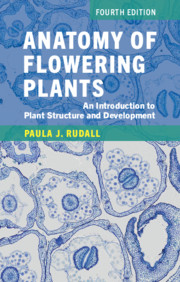The reliability of reverse transcription quantitative real-time PCR (RT-qPCR) depends on normalising the mRNA abundance using carefully selected, stable reference genes. Our aim was to propose sets of reference genes for normalisation in bovine or caprine adipose tissue (AT), mammary gland, liver and muscle. All of these tissues contribute to nutrient partitioning and metabolism and, thus, to the profitability of ruminant productions (i.e. carcasses, meat and milk). In this study, eight commonly used reference genes that belong to different functional classes (CLN3, EIF3K, MRPL39, PPIA, RPLP0, TBP, TOP2B and UXT) were analysed using the geNorm procedure to determine the most stable reference genes in bovine and/or caprine tissues. Abundances and rankings of reference genes varied between tissues, species and the combination of tissues and/or species. Therefore, we proposed 29 sets of reference genes that differed depending on the tissue and/or species. As examples of the 29 sets, EIF3K, TOP2B and UXT were proposed as the most stable reference genes in bovine AT; UXT, EIF3K and RPLP0 were the most stable reference genes in bovine and caprine AT. The optimal number of reference genes for data normalisation was 3 for 27 of the proposed 29 sets. In two of the 29 sets, four to five reference genes were necessary for data normalisation when the number of studied tissues was increased. For example, UXT, EIF3K, TBP, TOP2B and CLN3 were required for data normalisation in bovine mammary gland, AT, muscle and liver. We have evaluated some of our proposed sets of reference genes for the normalisation of CD36 gene expression. Normalisation using the three most stable reference genes has revealed downregulation of CD36 gene expression in bovine mammary gland by a concentrate-based diet that is supplemented with sunflower oil and upregulation of CD36 gene expression in caprine liver by including a rapidly degradable starch in the diet. The dietary regulation of the gene expression of CD36 has been erased by normalisation with the least stable reference genes, which may result in misinterpretation of CD36 gene regulation. To conclude, our results provide valuable reference gene sets for other studies that aim to measure tissue and/or species-specific mRNA abundance in ruminants.
